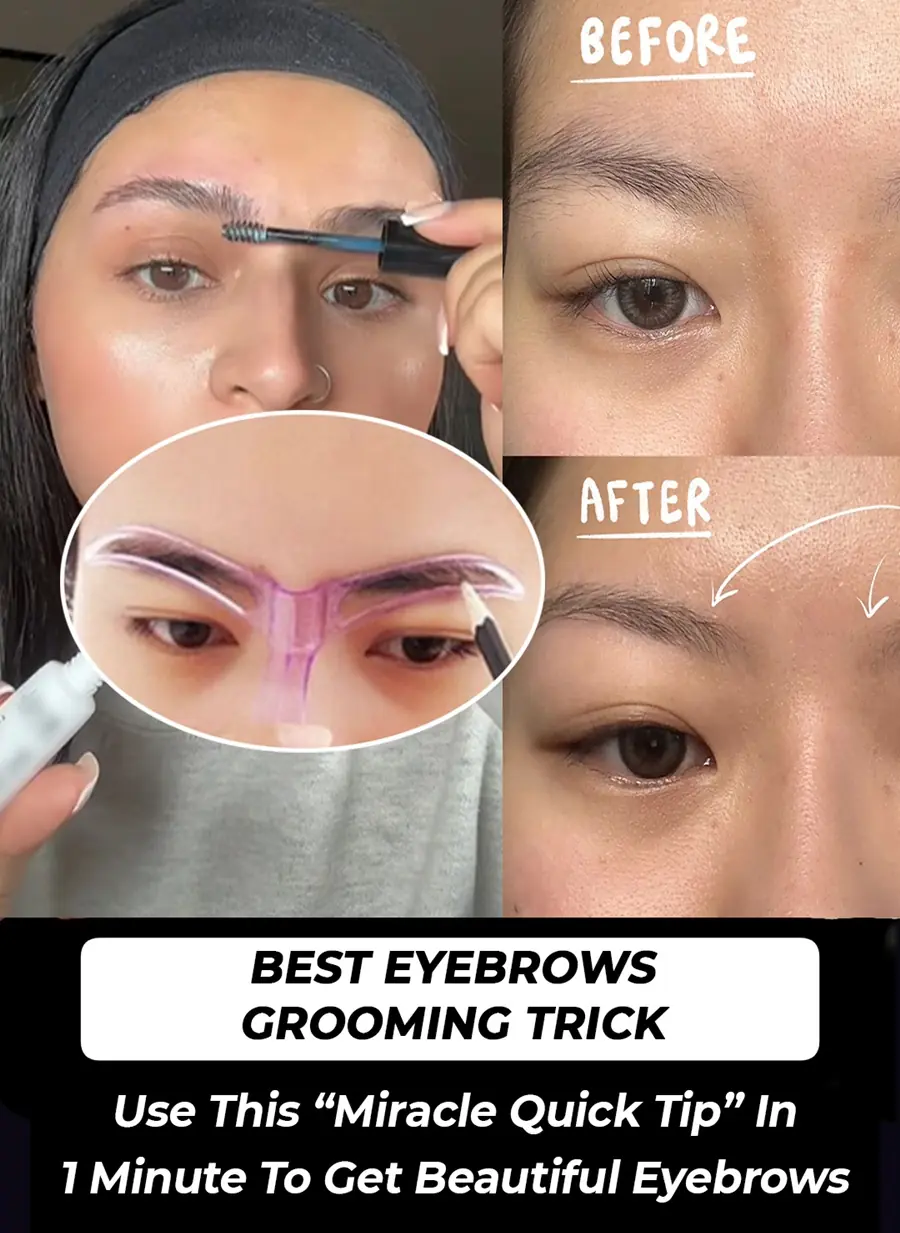
The best way to lower blood pressure fast!







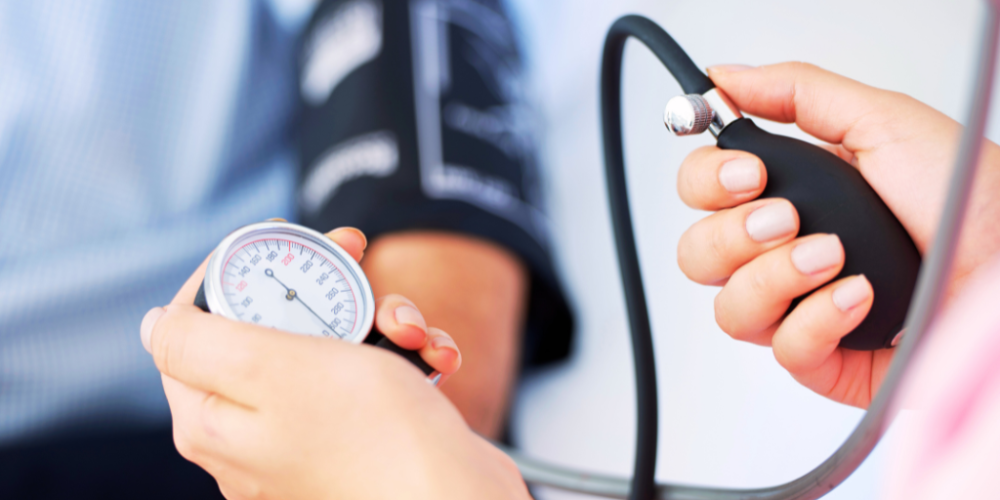
High blood pressure, also known as hypertension, is a serious health issue that increases the risk of life-threatening conditions like stroke, heart attack, and kidney disease. Keeping your blood pressure within a healthy range is crucial for overall health and longevity. Fortunately, there are a variety of ways to lower blood pressure naturally, some of which can produce quick results—often within minutes—and without relying on medication.
While these quick fixes are beneficial for short-term relief, they generally only last for a few hours. For long-lasting effects, they need to be incorporated into your daily routine. However, what if you could address the underlying causes of high blood pressure and achieve a more permanent reduction? In this article, we will explore both immediate strategies and long-term approaches to managing high blood pressure.
Three Quick Ways to Lower Blood Pressure Naturally
Here are three effective, natural methods that can help reduce your blood pressure quickly, often within just a few minutes:
-
Breathing Exercises
-
Isometric Exercise
-
Addressing the Root Causes of Hypertension
1. The Power of Slow Breathing
Slow, deep breathing exercises are one of the simplest yet most effective ways to lower blood pressure. Scientific studies have shown that focused breathing can significantly reduce both systolic and diastolic blood pressure. Research, including meta-analyses (which combine results from multiple studies), has demonstrated that slow breathing can lower blood pressure by as much as 10 points in some cases.
The key to effective breathing is maintaining a slow and controlled rhythm. Aim for six to ten breaths per minute. Practices like yoga and meditation often incorporate this type of breathing, and devices like respirator machines can also be helpful for training your breathing.
A simple and effective technique that anyone can try is the 4-4-8 method:
-
Inhale deeply for 4 seconds.
-
Hold your breath for 4 seconds.
-
Exhale slowly for 8 seconds.
This technique, sometimes known as box breathing, can help not only reduce blood pressure but also reduce arterial stiffness, which is a common consequence of hypertension.
Why does this work?
The underlying mechanism involves the vagus nerve, a key part of your nervous system that helps regulate your body’s "rest and digest" functions. When you slow your breathing, the pressure in your chest activates the vagus nerve, leading to a reduction in heart rate and relaxation of your blood vessels. As the blood vessels dilate, blood pressure naturally decreases.
2. Isometric Exercise: A Surprising Solution
Isometric exercises, which involve static muscle contractions, can also be incredibly effective for lowering blood pressure. Unlike typical exercises that involve dynamic movement, isometric exercises focus on holding a contraction for a period of time. This type of exercise has been shown to improve blood pressure in a number of studies, even though it’s not primarily aimed at building muscle mass.
A common isometric exercise involves using a hand grip strengthener. Here’s how to do it:
-
Use a hand grip strengthener, a dynamometer (device to measure grip strength), or even a firm, round pillow.
-
Squeeze the object with about 20-30% of your maximum strength.
-
Hold the squeeze for about two minutes.
-
Rest for 1-3 minutes between each set.
-
Repeat for two to three sets, no more than 10 minutes total.
This exercise has been shown to reduce both systolic (top number) and diastolic (bottom number) blood pressure. While the exact mechanisms are still being studied, experts believe that isometric exercises improve the function and elasticity of the arteries, possibly leading to wider blood vessels and lower blood pressure.
3. Addressing the Root Cause: Metabolic Health
While breathing exercises and isometric holds can provide temporary relief, tackling the underlying causes of high blood pressure is essential for long-term improvement. One of the most common, but often overlooked, causes is metabolic disease. This includes conditions like insulin resistance, prediabetes, and diabetes.
Elevated insulin and glucose levels can have a significant impact on blood pressure. These metabolic issues can directly affect blood vessel function, and through hormonal changes, contribute to fat accumulation around the organs, which can elevate blood pressure over time.
Lifestyle Changes for Sustainable Results
To manage blood pressure in the long term, focus on making lasting lifestyle changes. These habits not only improve blood pressure but also support overall health and prevent other chronic conditions:
-
Quit Smoking: Smoking is a major contributor to heart disease, and its harmful effects on blood vessels significantly raise the risk of hypertension, heart attack, and stroke.
-
Limit Alcohol Consumption: While moderate alcohol intake may not cause a significant spike in blood pressure, excessive drinking can raise blood pressure over time. It’s best to limit alcohol or avoid it altogether.
-
Avoid Processed Foods: Highly processed foods, which are often high in sodium, sugars, and unhealthy fats, can contribute to weight gain and worsen hypertension. Try to opt for fresh, whole foods instead.
Diet Recommendations for Lowering Blood Pressure
Your diet plays a major role in controlling blood pressure. The following dietary changes can help you maintain healthy blood pressure levels:
-
Cut Carbohydrates: Reducing carbohydrates, especially those from processed sources like sugary cereals and refined grains, can lower blood pressure. Focus on low glycemic index foods, such as vegetables, whole grains, and legumes, which have a minimal impact on blood sugar.
-
Follow the DASH Diet: The Dietary Approaches to Stop Hypertension (DASH) diet emphasizes lowering sodium intake by cutting back on processed foods. It encourages a high intake of fruits, vegetables, whole grains, lean proteins, and low-fat dairy.
Exercise for Long-Term Blood Pressure Control
Exercise is one of the most effective long-term strategies for lowering blood pressure. A consistent exercise routine that includes the following types of activities will benefit your cardiovascular health:
-
Aerobic Exercise: Activities like walking, jogging, swimming, and cycling help improve heart function and lower blood pressure.
-
Resistance Training: Weight lifting or bodyweight exercises can help improve vascular health by enhancing circulation and strengthening the heart.
-
High-Intensity Interval Training (HIIT): HIIT, which involves short bursts of intense activity followed by brief rest periods, can be particularly effective for reducing blood pressure over time.
While exercise can temporarily raise blood pressure during physical activity, the long-term benefits are substantial. Regular exercise helps keep blood vessels flexible, reduces arterial stiffness, and promotes a healthy weight—all factors that contribute to better blood pressure control.
Additional Strategies: Sleep and Stress Management
Improving sleep and managing stress are also vital for blood pressure control:
-
Improve Sleep: Poor sleep quality is closely linked to high blood pressure and metabolic issues. Aim for 7-9 hours of sleep per night and establish a consistent bedtime routine to improve sleep hygiene.
-
Manage Stress: Chronic stress, anxiety, and depression can all contribute to elevated blood pressure. Incorporating stress management practices like mindfulness, relaxation techniques, and breathing exercises can be beneficial.
Supplements That May Help Lower Blood Pressure
Certain supplements can complement lifestyle changes to help lower blood pressure:
-
Vitamin C: Taking 500 mg daily may lower systolic blood pressure by about 3 points and diastolic by 1.5 points.
-
Garlic: Consuming 300-960 mg daily has been shown to reduce blood pressure by about 4 points (systolic) and 2 points (diastolic).
-
Citrulline: Taking 3-9 grams daily can increase nitric oxide production, which helps relax and dilate blood vessels, potentially lowering blood pressure by 2-4 points.
While supplements can be helpful, they should not replace fundamental lifestyle changes such as diet and exercise.
The Importance of Accurate Blood Pressure Measurement
Finally, measuring your blood pressure accurately is essential. Poor measurement technique can lead to false readings. If you notice higher readings at the doctor’s office, it could be a case of white coat hypertension, where anxiety at the doctor’s office temporarily raises your blood pressure. Tracking your blood pressure at home can provide a more accurate picture of your health.
By combining these strategies—breathing exercises, isometric holds, dietary changes, exercise, improved sleep, stress management, and supplements—you can effectively manage your blood pressure and significantly improve your overall health.
News in the same category

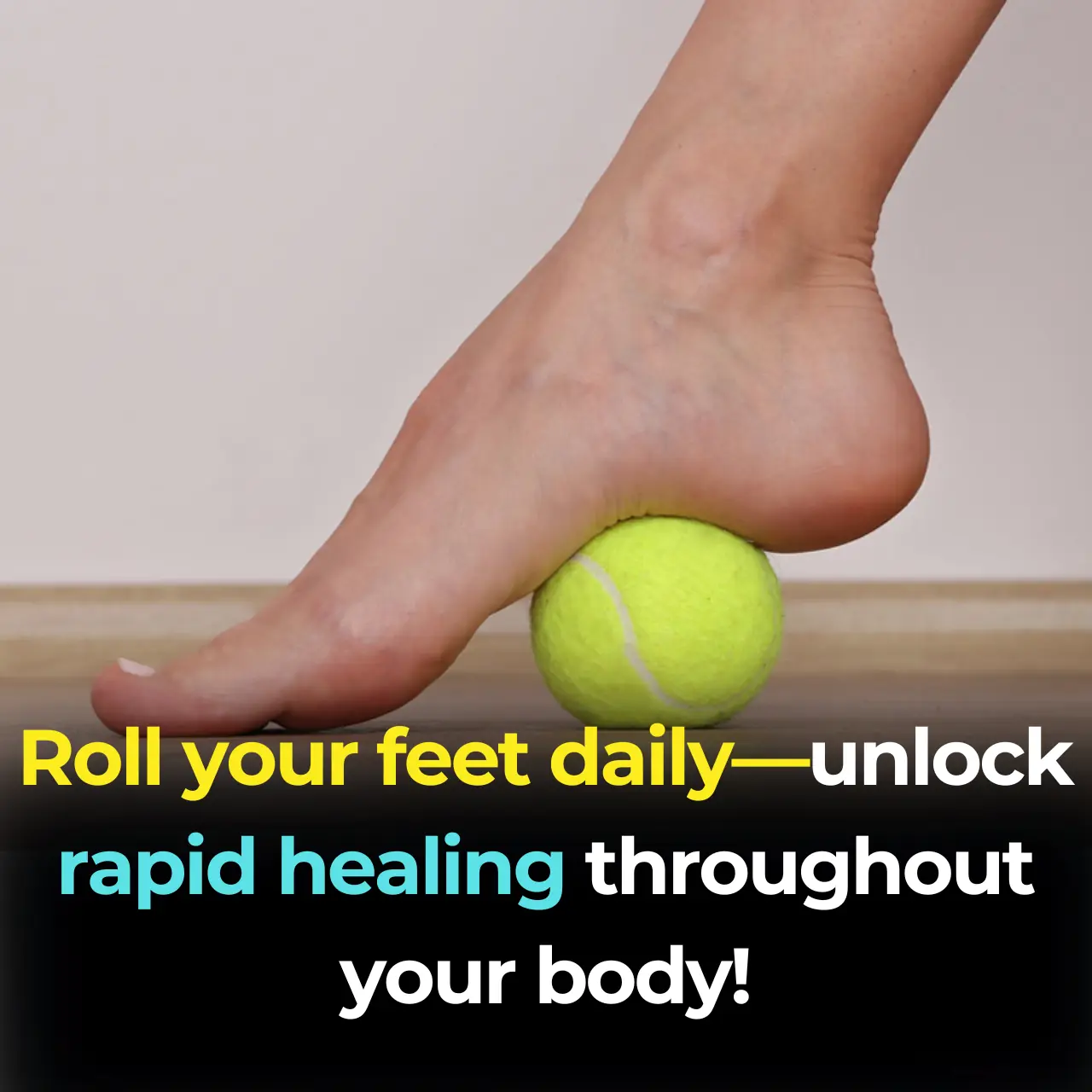
Roll your feet daily—unlock rapid healing throughout your body!
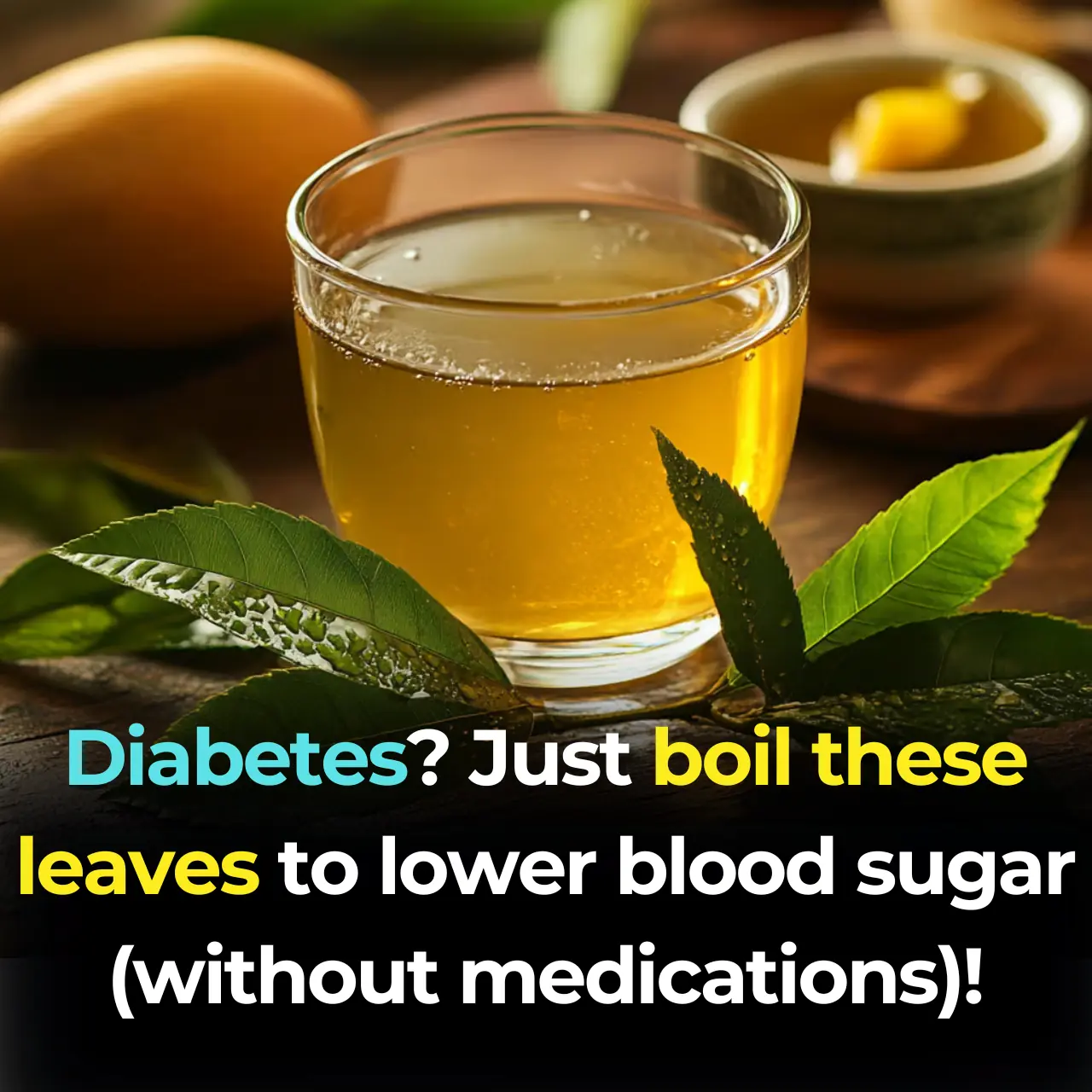
Diabetes? Just boil these leaves to lower blood sugar (without medications)!

How to Get Rid of Bad Breath (Halitosis): Scientifically Proven Home Remedies

One simple scoop a day can spark full-body healing — here’s what happens next
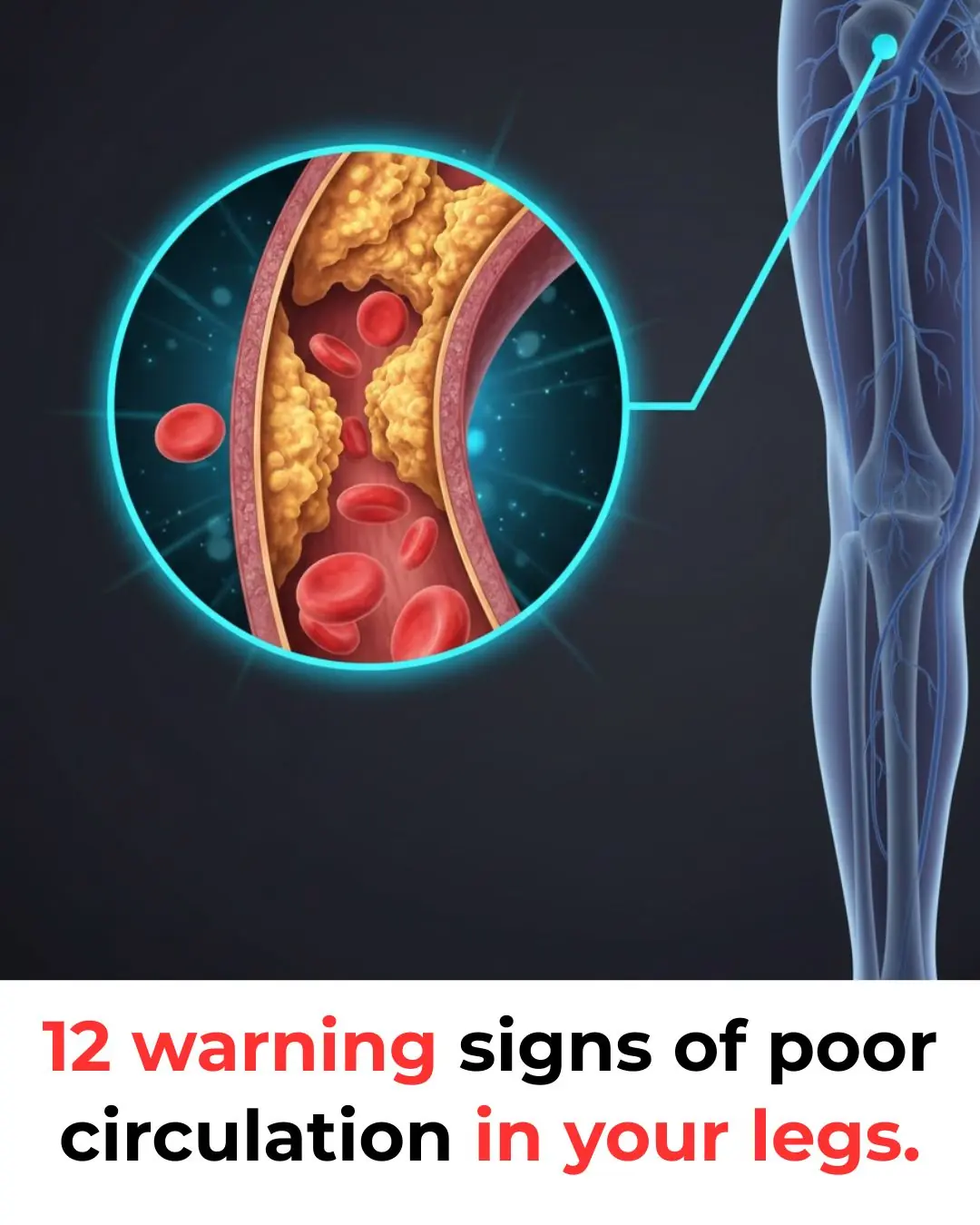
Top 12 Symptoms of Poor Blood Circulation in Legs
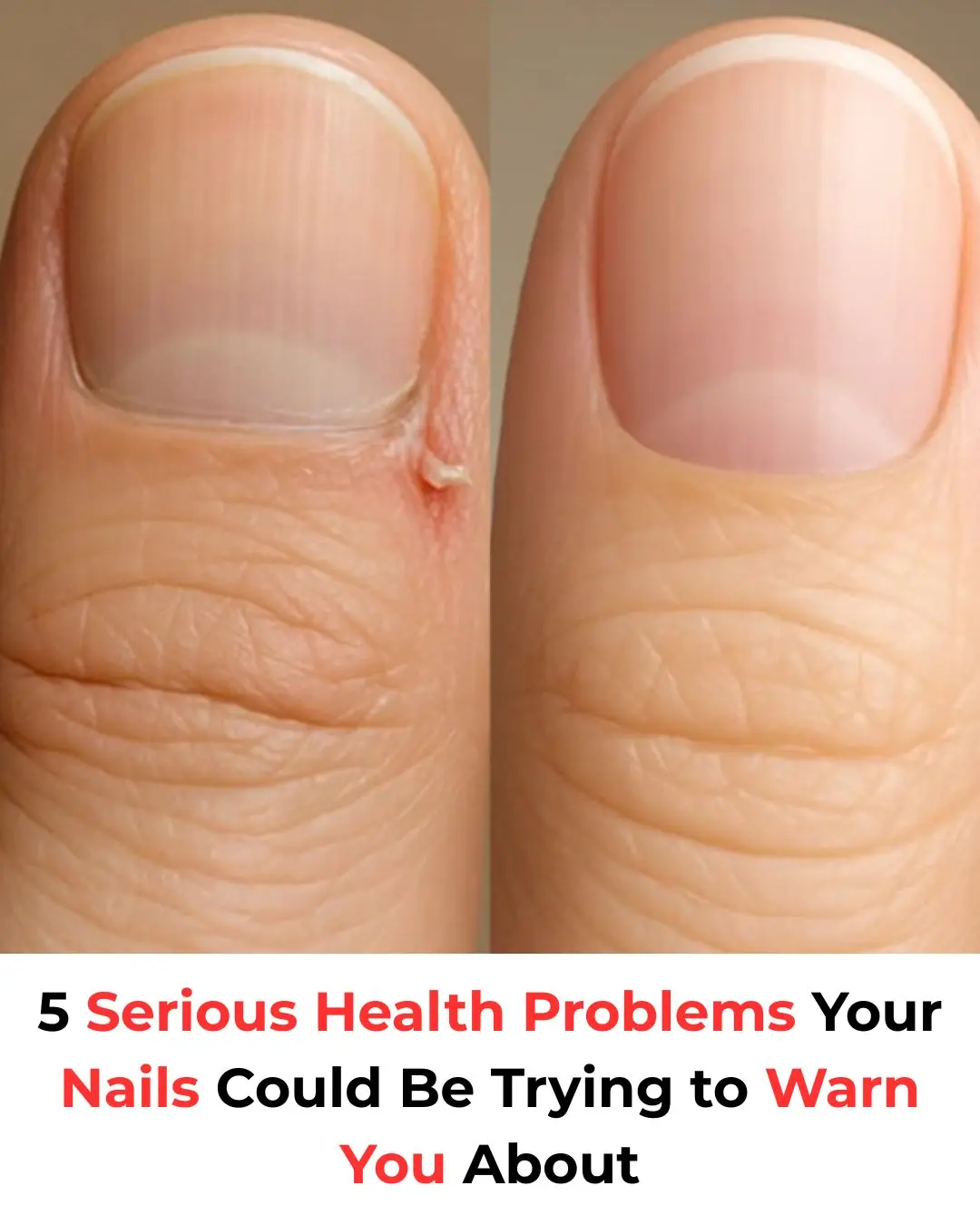
5 Serious Health Problems Your Nails Could Be Trying to Warn You About

How to Get Rid of Bad Breath (Halitosis): Scientifically Proven Home Remedies
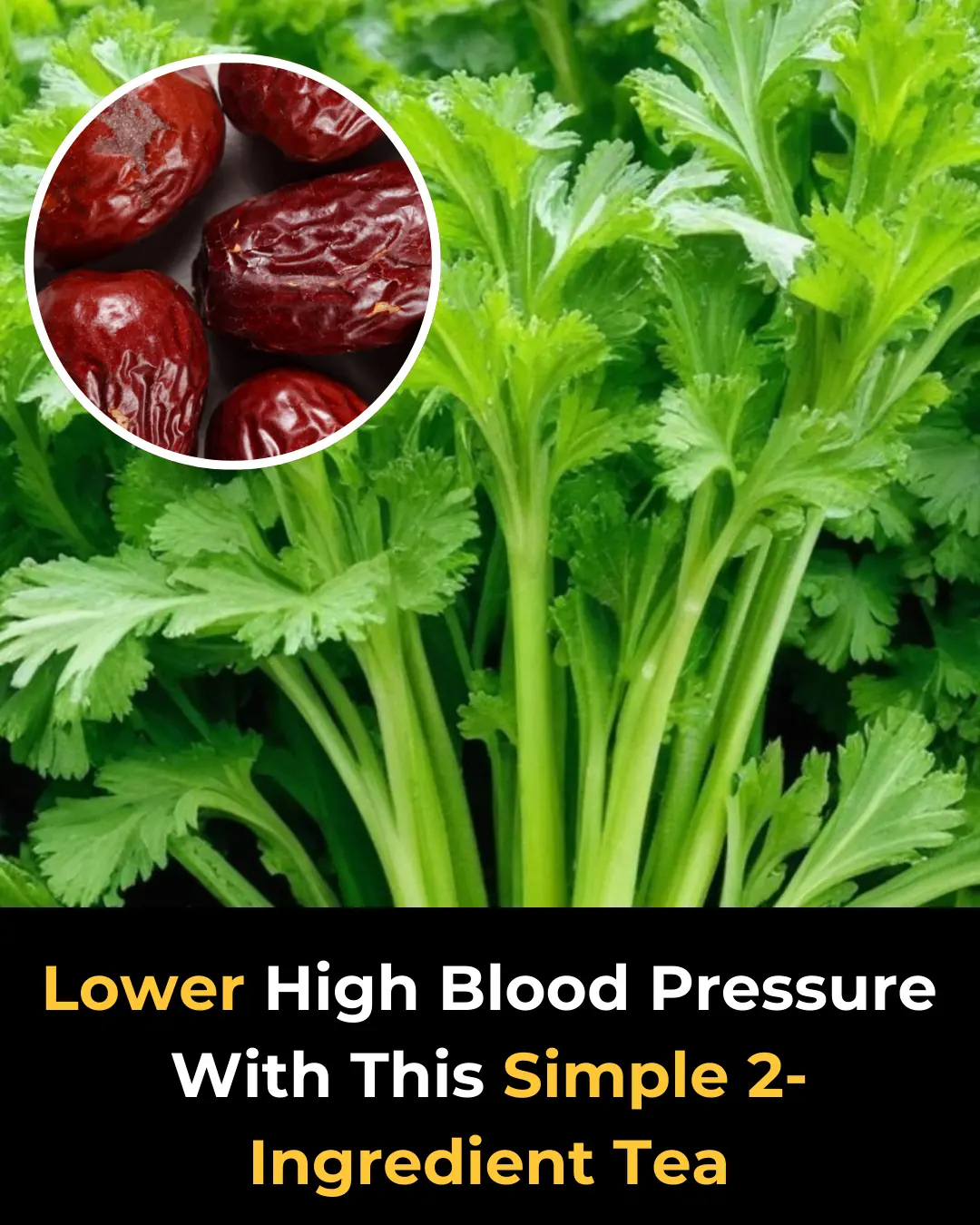
Got High Blood Pressure? Try This 2-Ingredient Tea!
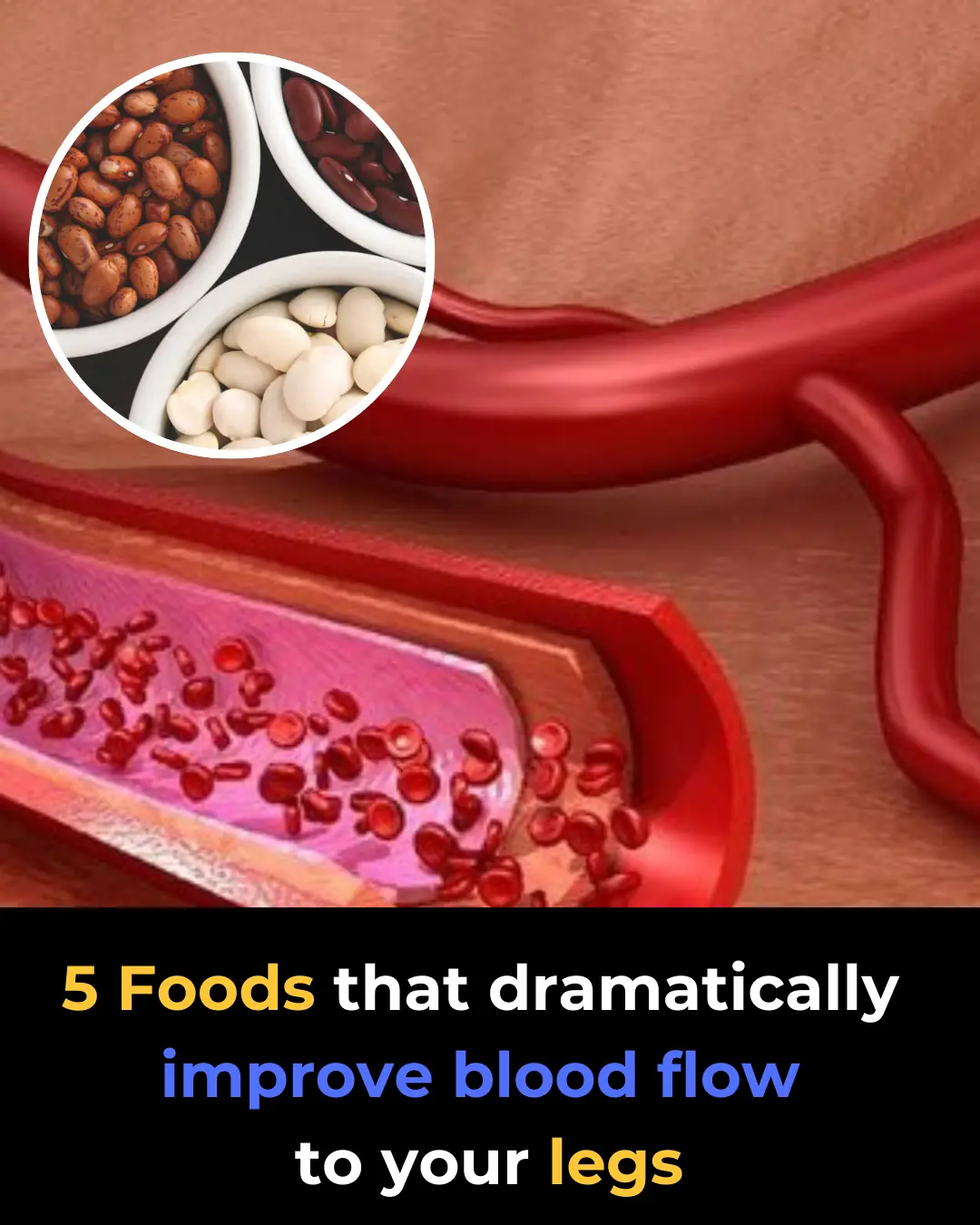
5 Foods That Dramatically Improve Blood Flow to Your Legs

Doctors warn: Statins may deplete vitamin K₂ and raise your risk of dangerous artery calcification
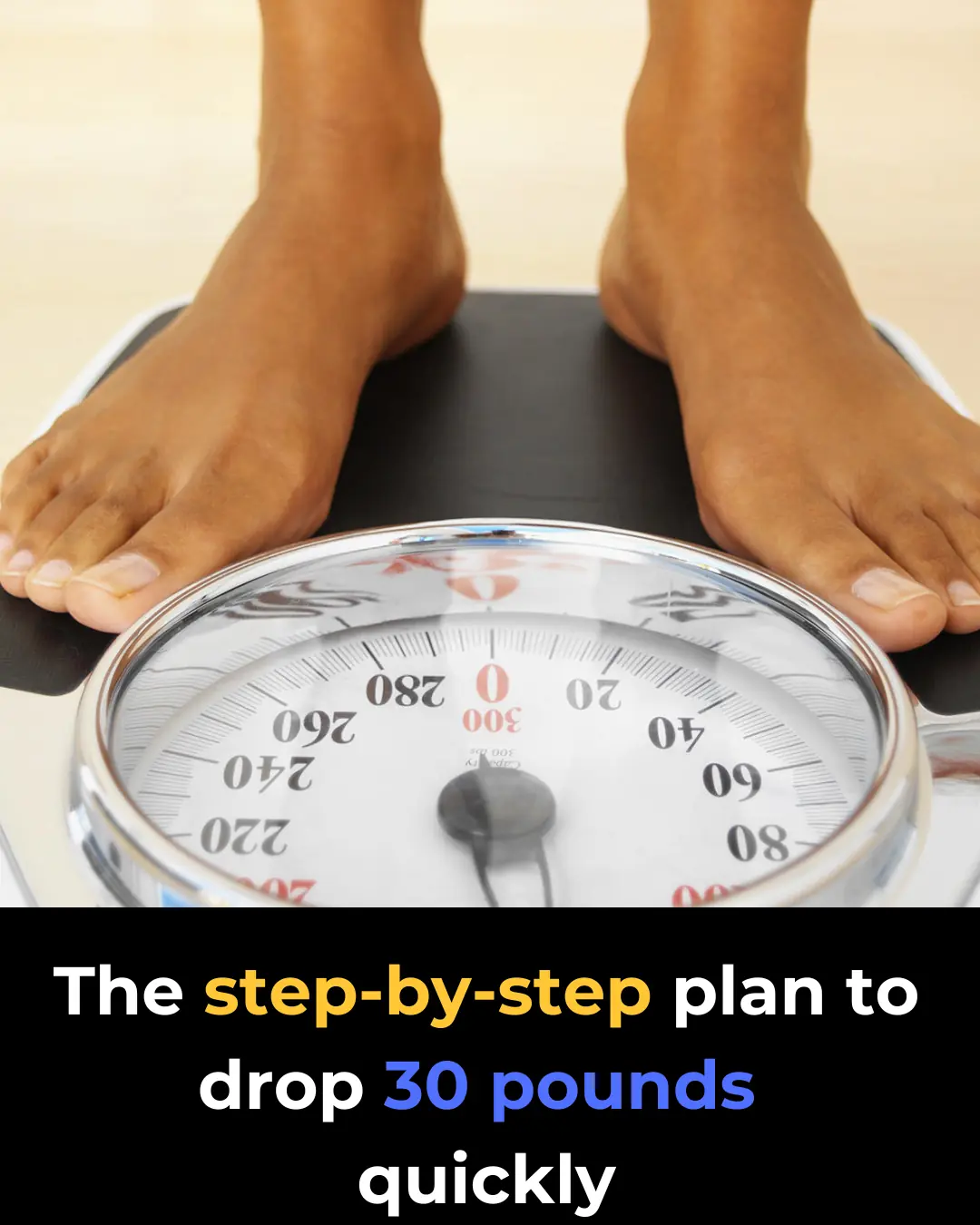
The step-by-step plan to drop 30 pounds quickly in 2025

7 Surprising Health Benefits of Cloves for Men
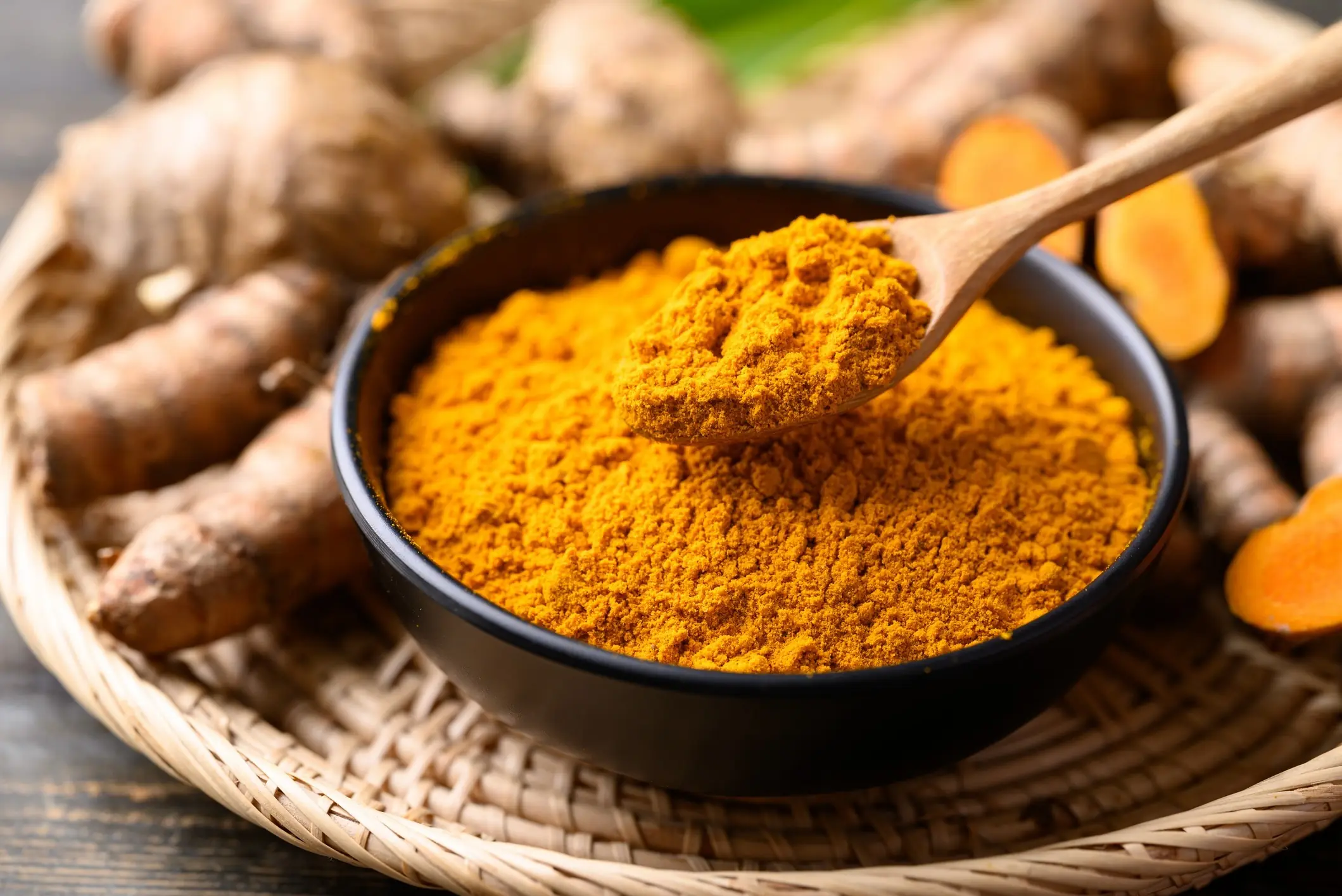
The Medicinal Powers of Turmeric That Doctors Rarely Mention
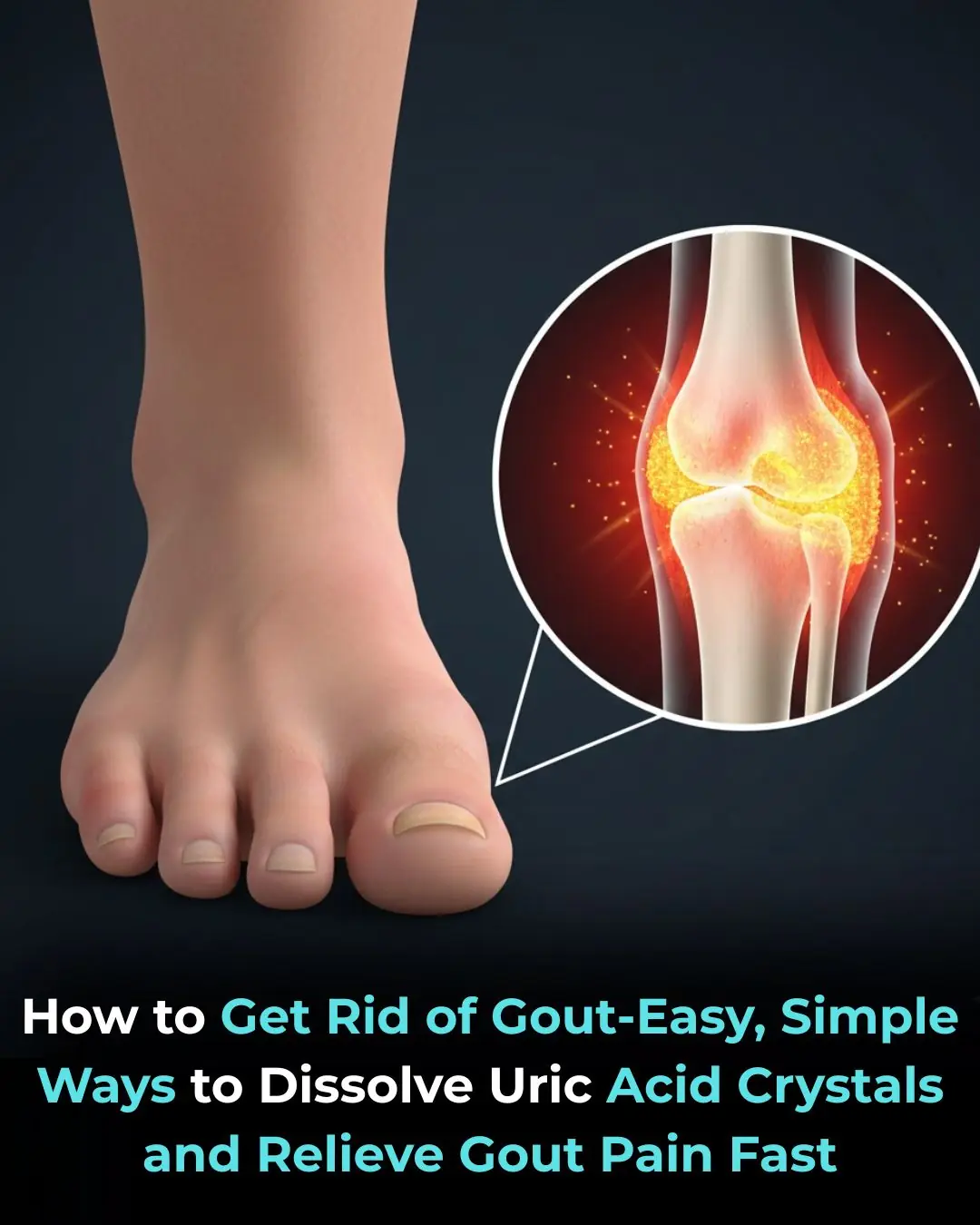
The Best Natural Gout Treatments: Remove Uric Acid Crystallization To Prevent Gout And Joint Pain

How to Tell If You Have Intestinal Parasites and What to Do About That

People Who Eat 3 Eggs Every Day Are Noticing This Crazy Difference
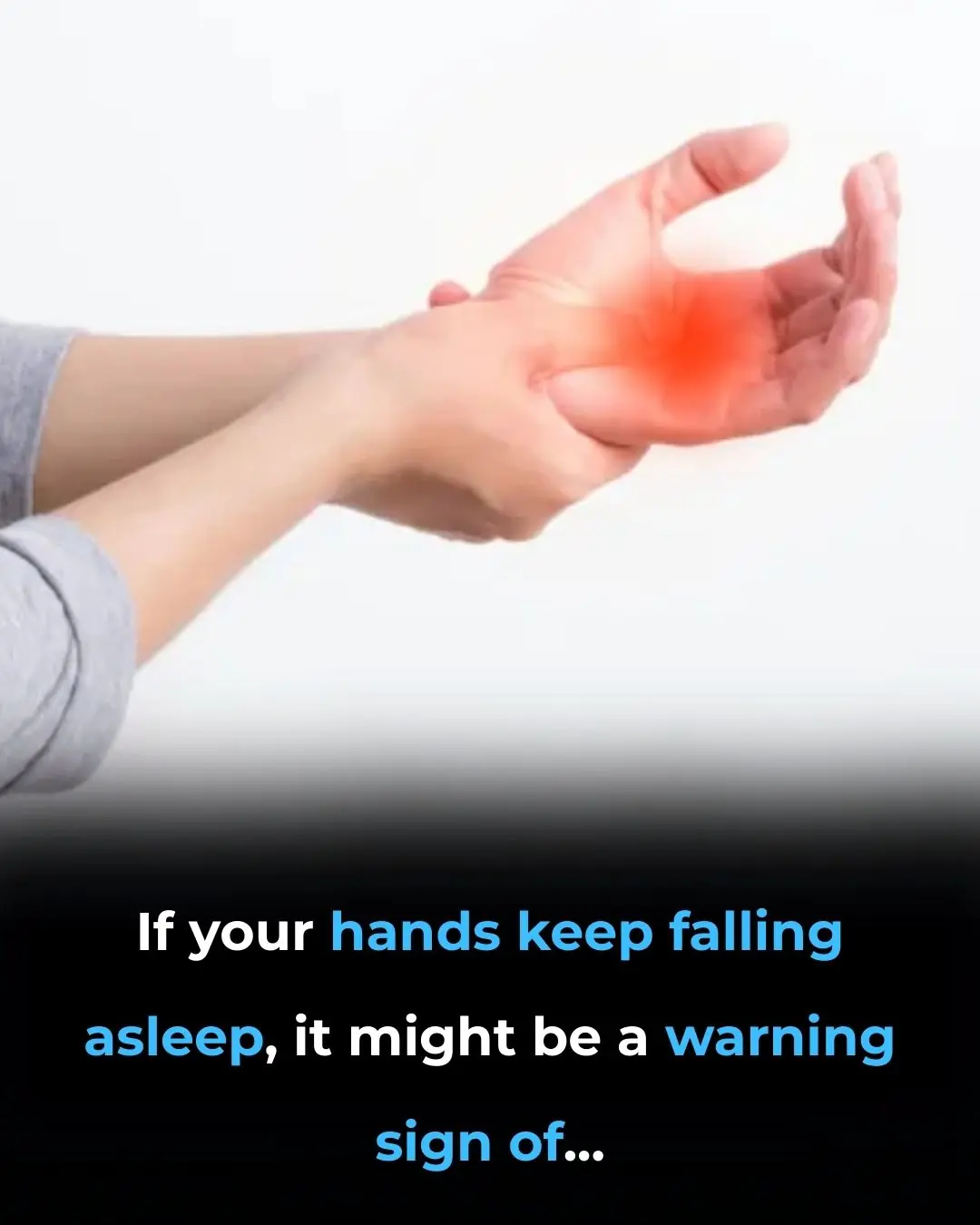
Why Your Hands or Arms Fall Asleep at Night and What To Do
News Post

Why Do We Get Shocked by Static Electricity

What Clearing the Table Says About You
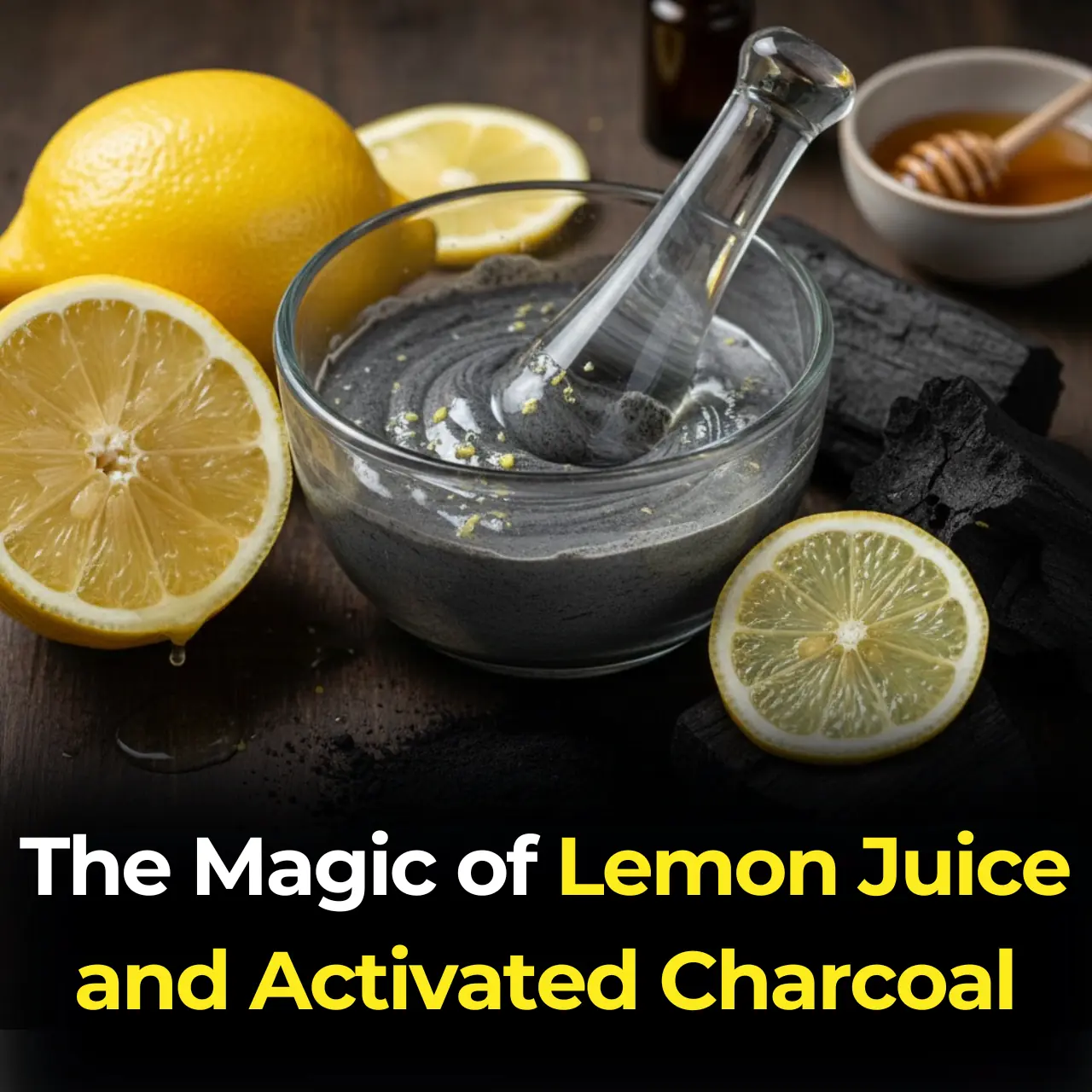
The Magic of Lemon Juice and Activated Charcoal: Natural DIY Solutions for Skin and Teeth

Improve Eyesight Naturally With Onion Tea: Benefits, Uses & How to Make It

Make your own biotin powder for glowing skin

Roll your feet daily—unlock rapid healing throughout your body!

Diabetes? Just boil these leaves to lower blood sugar (without medications)!

How to Get Rid of Bad Breath (Halitosis): Scientifically Proven Home Remedies

What is their purpose in doing so?

Meet Adrian Octavius Walker, the Photographer Whose Impact Extends From Ferguson to the Smithsonian

Breakthrough Hair-Loss Treatment
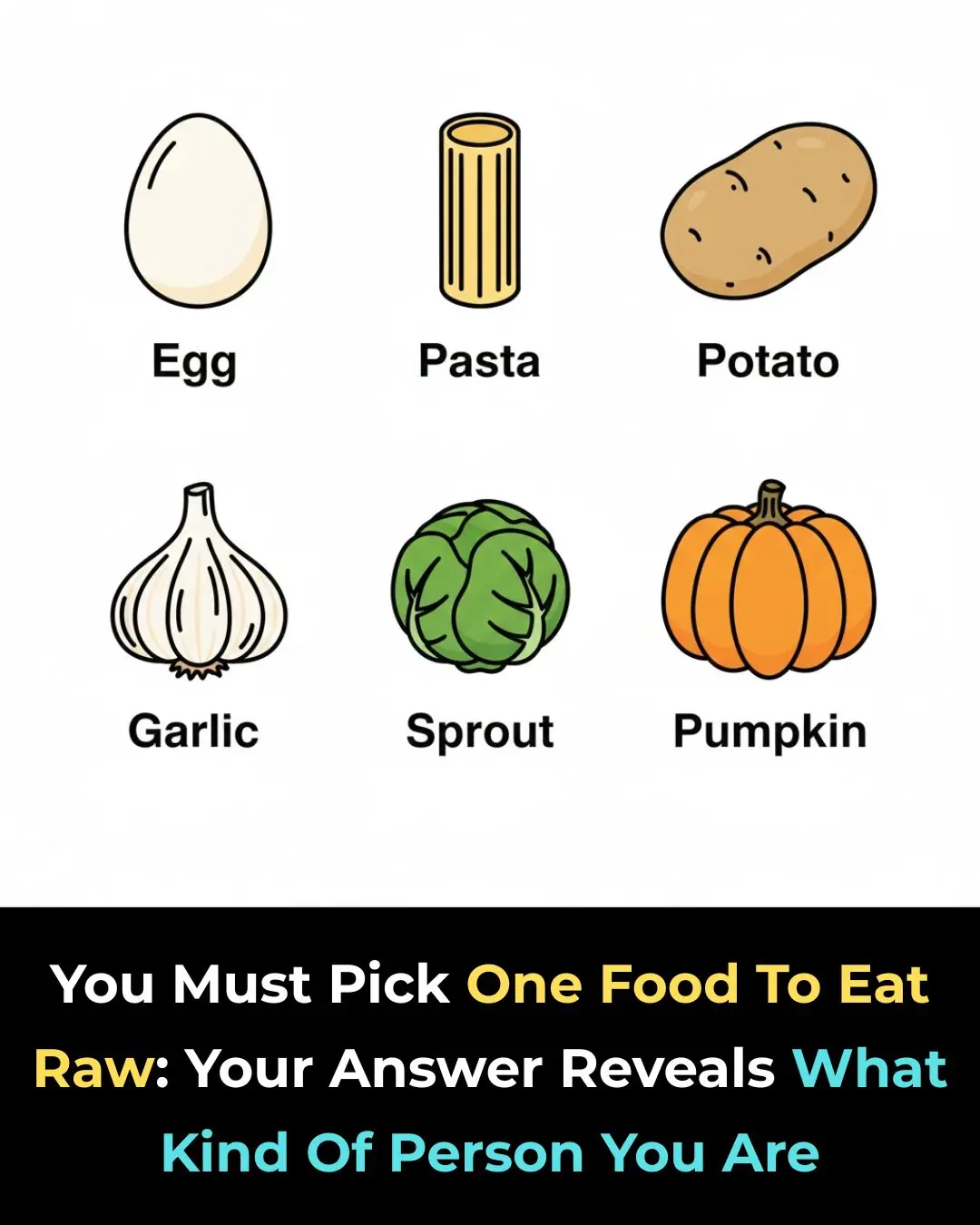
Which Raw Food Would You Eat

Barber’s Haircuts for Homeless Initiative Brings Participant to Tears

Oprah Winfrey Selects Tina Knowles’ Memoir ‘Matriarch’ for Book Club in a Tearful, Powerful Moment

Common Remembers The Time He Told Chance The Rapper To ‘Keep Following His Dreams’

Potato Toner for Clear Skin, Dark Spots, and Pigmentation: A Comprehensive Guide to Restoring Your Natural Glow

Add This Oil to Vaseline To Get Rid Of Wrinkles

DIY Okra-Based Keratin Treatment for Silky, Strong Hair: Transform Your Hair Naturally At Home

Homemade Aloevera Gel – How to Make Aloe Vera Gel at Home
